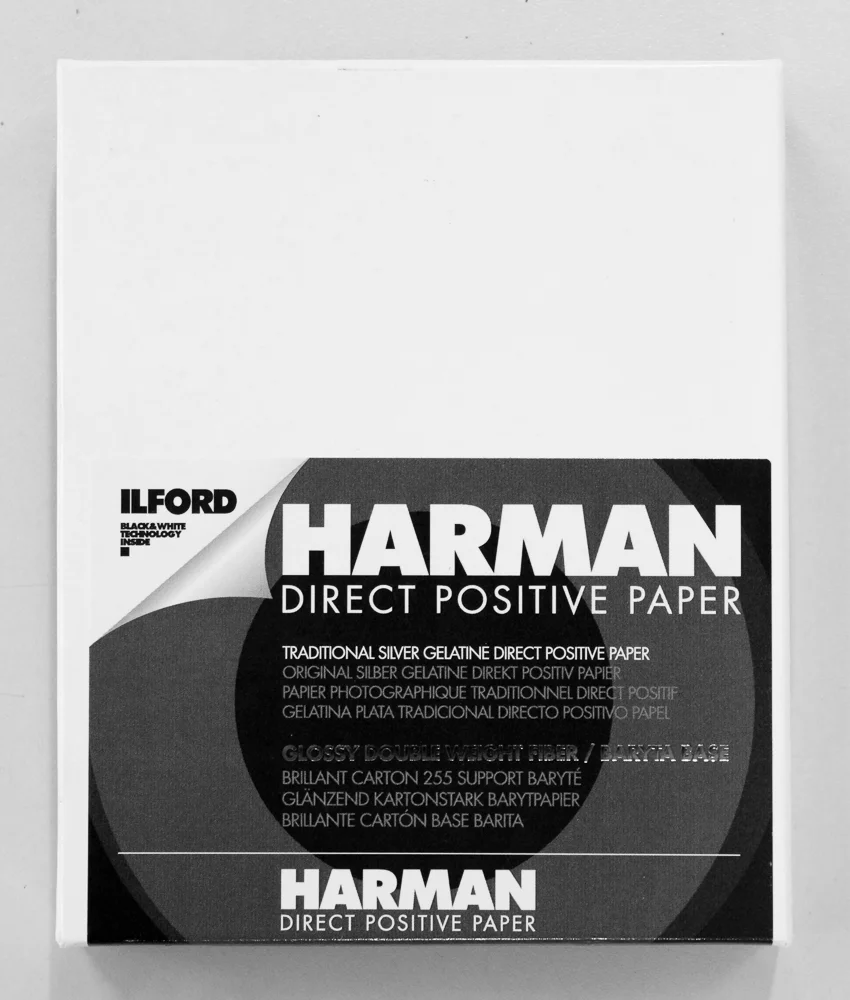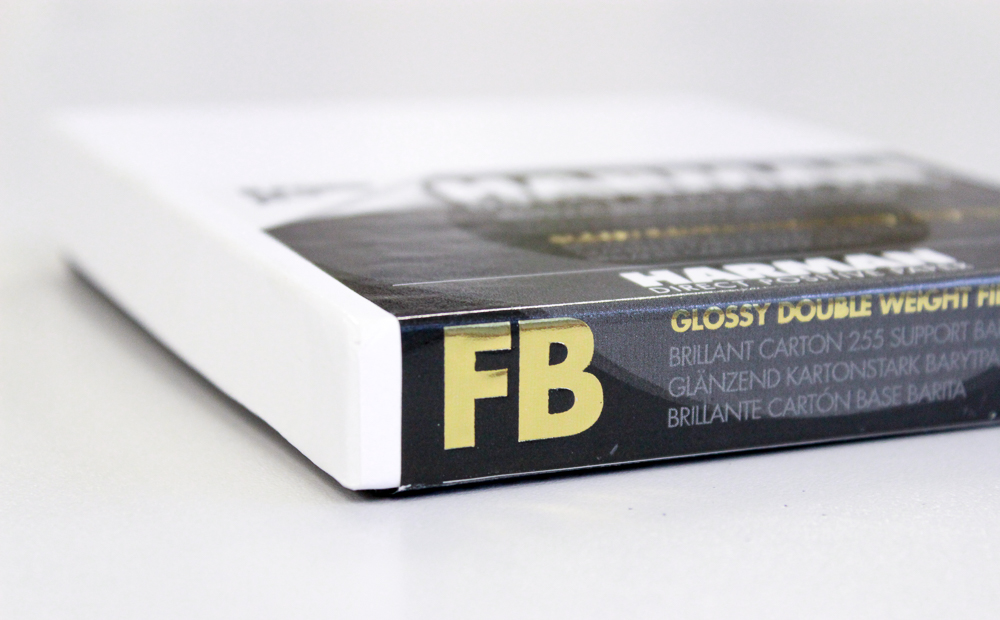Paper is much slower than film and this paper is no different, being approximately ISO 1-3. This makes for relatively long exposures in all but the brightest conditions. Pinhole photographers will be familiar with this way of working (pinholes being very small apertures in themselves resulting in long exposures), but anyone wishing to use the paper in a conventional large format (or other) camera will have to weigh up the extra exposure time against their pictorial intentions. Sharp portraits, for instance, could well be a challenge for the sitter.
I resolved to test the paper in my trusty Intrepid Field Camera. My 150mm lens allows for relatively close focussing, albeit with significant bellows extension. The Intrepid was up to the task, and I was able to make the kind of floral composition I had in mind. The paper is luxuriously thick, as a baryta darkroom paper usually is, but this does provide a challenge to squeeze it into a film holder. At first I thought it might be a little too large in area, and so I trimmed the edges. This didn’t solve the issue, so the paper thickness certainly was to blame. Nevertheless it can be inserted with a little effort. Film holders are designed to hold film after all!
After some initial mistakes I began to make some pleasing images. An error I did make was to use window light. This surely added to the quality of light in the images, but as the winter day darkened I began to chase exposure changes and so made some errors. It didn’t help that sky also brightened intermittently.








